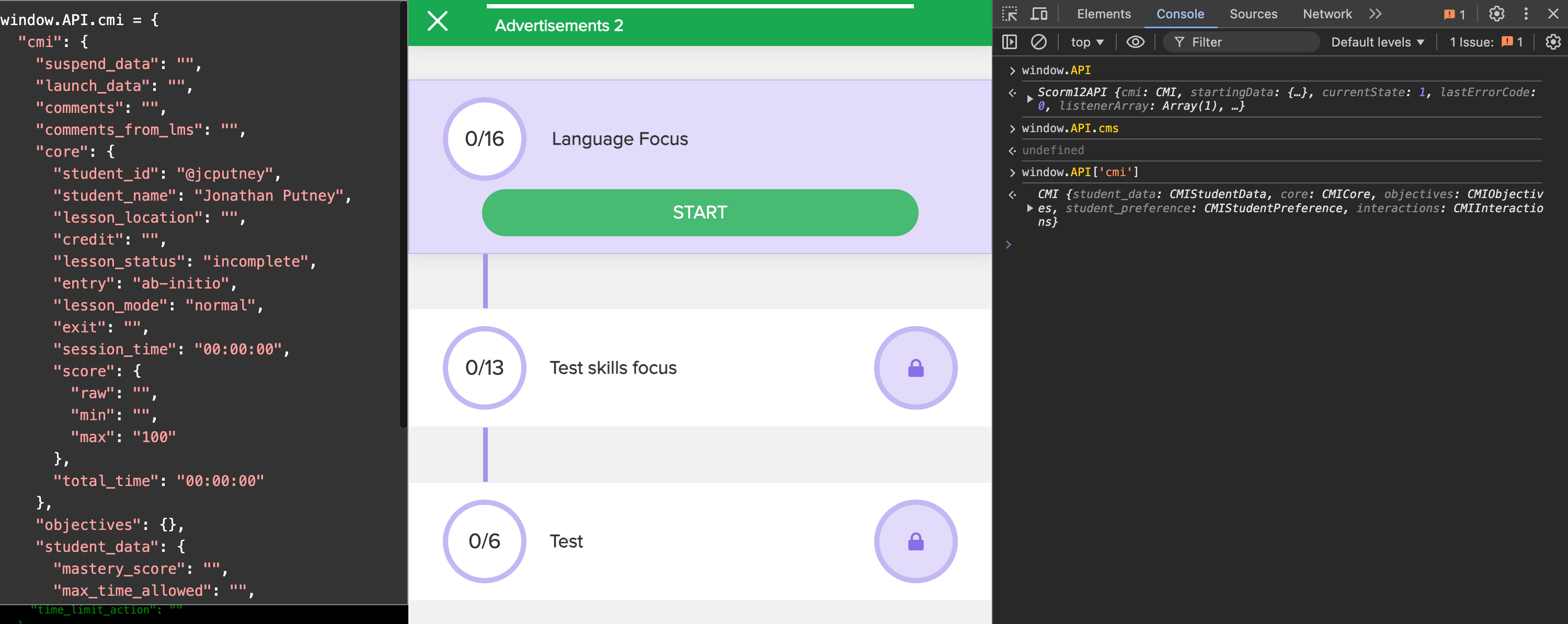Understanding SCORM: The Digital Learning Standard
Understanding SCORM: The Digital Learning Standard
Introduction
In the rapidly evolving landscape of e-learning, ensuring that educational content is accessible, interactive, and compatible across different platforms is crucial. This is where SCORM comes into play. SCORM is a set of standards that have been developed to make digital learning content shareable and reusable across various systems.
What is SCORM?
SCORM is an internationally recognized set of standards that enable the creation, management, and sharing of digital learning content in web browsers. It was first introduced in 2000 by the Advanced Distributed Learning (ADL) initiative and has since become the de facto standard for e-learning content.
Key Features of SCORM
- Interoperability: SCORM ensures that learning content can be used across different platforms and systems.
- Reusability: Content created under SCORM standards can be reused in various courses and contexts.
- Tracking and Reporting: SCORM provides a robust tracking mechanism to monitor learner progress and generate reports.
The SCORM Runtime Environment
The SCORM runtime is the environment in which SCORM-compliant content operates. It is essentially a set of software components that interact with the learning management system (LMS) to deliver, track, and report on the learning experience.
Components of the SCORM Runtime
- LMS Integration: The runtime must be compatible with the LMS to ensure seamless integration and functionality.
- SCO (Shareable Content Objects): These are the learning units within a course, which are tracked individually.
- SCO Launch: The mechanism by which learners access and start a SCO.
- Navigation: Controls that allow learners to move through the course content.
- SCO Status: Tracks the completion status of each learning unit.
- Data Reporting: The runtime collects data on learner interactions and progress, which is then reported back to the LMS.
How the SCORM Runtime Works
- Initialization: When a learner accesses a course, the SCORM runtime initializes, setting up the necessary components for the learning experience.
- Launching SCOs: Learners can launch individual SCOs, which may include videos, quizzes, or interactive simulations.
- Tracking Progress: As learners interact with the content, the runtime tracks their progress and stores it for reporting.
- Data Exchange: The runtime communicates with the LMS, exchanging data on learner progress and course completion.
Benefits of Using SCORM
- Standardization: Ensures a consistent approach to e-learning content development and delivery.
- Scalability: Allows for the expansion of e-learning programs without compatibility issues.
- Accessibility: Enables learners to access content from any device with a web browser.
Runtime API
scorm-again is a modern SCORM JavaScript runtime library.
Conclusion
SCORM has revolutionized the way digital learning content is created and consumed. Its runtime environment provides a reliable and efficient platform for delivering, tracking, and reporting on e-learning experiences. As the demand for flexible and accessible learning solutions grows, SCORM will continue to play a vital role in shaping the future of e-learning.
